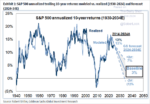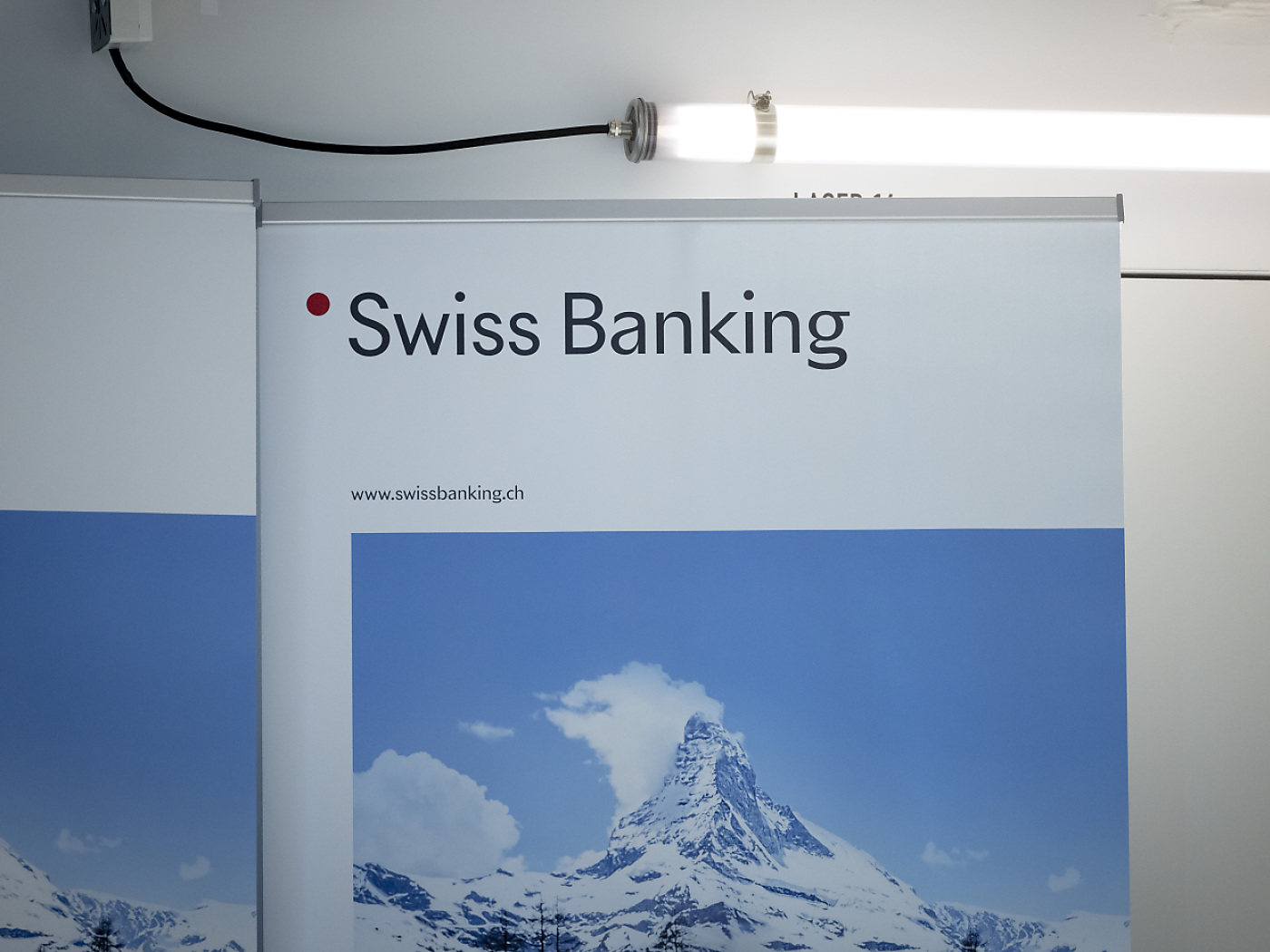Overview: Better than expected US core retail sales and manufacturing output sent US rates higher and helped lift the greenback during the North American session after a heavier tone in Asia and Europe. The US two-year note rose to almost 4.12% and the 10-year note yield increased to 3.57%. Both are the best levels in two weeks. The dollar traded firmer against most of the major currencies and the Dollar Index approached the one-month high set on Monday and punched through it to probe the 103.00 area today. It is the best level since April 3. Still, as the debt ceiling negotiations continue, it is becoming clear to many that one result will be tighter fiscal policy, a greater drag on the economy. Besides extended its gain against the G10 currencies, the greenback has surpassed CNY7.0 for the first time since early last December.
A weak yen helped Japanese equities extend their rally, but equities were mixed in the Asia Pacific regions. The Hang Seng slumped by more than 2% as did Chinese shares listed in Hong Kong. Europe's Stoxx 600 is trading with a heavier bias. US equity index futures are a little firmer. Despite stronger than expected Q1 GDP, the 10-year JGB yield is off nearly three basis points to 0.36%. European benchmark yields are 4-5 bp lower. The 10-year US Treasury yield is about two basis points softer slightly below 3.52%. The firmer dollar has not prevented June WTI from recovering after testing the $70 a barrel level today. Monday's lows were near $69.40 and yesterday it reached almost $71.80. Gold fell by a little more than $27 an ounce yesterday to close below $2000 for the first time since May 1. It is off around $5 today to test the $1984 area. The yellow metal forged a shelf in the $1970-$1977 area in late April and early May.
Asia Pacific
Japan, the world's third largest economy, grew at an annualized rate of 1.6% in the first quarter, which was twice the forecast pace by the median in Bloomberg's survey. The US economy expanded by 1.1%. Output in the eurozone and UK rose by about 0.4% at an annualized rate. Consumption rose by 0.6% quarter-over-quarter, which was stronger than expected, but it was business spending that offered the biggest surprise. It rose by 0.9% rather than contract by 0.3% as was expected. Net exports were drag of 0.3% off GDP, a little more than expected after a 0.4% contribution in Q4 22. Inventories, which cut by 0.5% in Q4 22 contributed 0.1% in Q1. The jump in the GDP deflator to 2.0% year-over-year from 1.2% in Q4 is the strongest since 2015 and will likely draw attention from the BOJ.
Japan's April national CPI figures are due at the end of the week, and they will confirm the signals from Tokyo's readings. The headline and core (excludes fresh food) year-over-year rates likely rose (3.5% vs. 3.2% and 3.4% vs. 3.1%, respectively). These are still off the 4.3% and 4.2% peaks in the headline and core rates in January, but this largely reflects government subsidies for energy and travel. The measure that excludes fresh food and energy is still accelerating. It made the cyclical high of 3.8% in March and the median forecast in Bloomberg's survey is for a rise to 4.2% in April. Several surveys found expectations for the new leadership team at the BOJ to adjust policy in the June/July period. Governor Ueda's talk of the need for patience suggests the market may be getting a little ahead of itself.
Excluding bonus payments, hourly wages in Australia rose by 0.8% in Q1 for a 3.7% year-over-year gain. That represents the largest year-over-year increase since 2012. The year-over-year gain was 2.4% in Q4 21 and Q1 22, which was the highest since 2014. Wages rose by a quarterly average of 0.82% last year and 0.56% in the two years before the pandemic. Australia reports May consumer inflation expectations (Melbourne Institute) and employment tomorrow. Consumer inflation expectations have fallen for the past three months from 5.6% in January to 4.6% in April. The 2022 low was 4.4%. Australia created an average of nearly 35.5k jobs a month in Q1 23, the most in three quarters. They were all full-time posts (average 35.9k in Q1).
Helped by firmer yields, the dollar is rising against the yen for fifth consecutive session today and eighth gain in nine. The greenback is approaching the high set earlier this month slightly above JPY137.75. It is fraying the 200-day moving average (~JPY137.10). The year's high was set on March 8 near JPY137.90. The intraday momentum indicators are stretch, and the upper Bollinger Band is around JPY137.40. The Australian dollar poked briefly above $0.6700 yesterday, the middle of the two-cent trading range but was greeted with fresh sales. The Aussie finished the North American session near its session lows, just above $0.6650. Follow-through selling today took it to $0.6630, its lowest level since May 2. It found support in the European morning. Nearby resistance is seen in the $0.6650-60 area. The greenback gapped higher against the yuan and pushed above CNY7.0 for the first time since last December. Counting today, the US dollar has risen against the yuan in seven of the past eight sessions. The PBOC set the dollar's reference rate at CNY6.9748 compared with the median in Bloomberg's survey of CNY6.9743.
Europe
The eurozone reported April's CPI rose 0.6% rather than 0.7% it initially estimated. Still, the year-over-year rate rose as it previous indicated by 7.0%. It is the first year-over-year increase since last October. The 0.6% monthly increase means that in the Jan-Apr period, eurozone's CPI rose at an annualized rate of 6.3%. up from 6.0% in Q1. By comparison, US CPI has risen at an annualized pace of about 4.2% in the first four months of the year. The UK reports April CPI next week (May 24). It rose at an annualized pace of around 5.3% in Q1. There is little doubt in the market's mind that the ECB will hike by a quarter point at its meeting in mid-June (~92% discounted in the swaps market). The market is a little less confident of a BOE hike next month (~74%).
The euro extended its pullback today falling to almost $1.0820, its lowest level since April 3. There are two nearby levels of note. First, options for 1.1 bln euros at $1.0810 expires tomorrow. Second the $1.0805 area corresponds to the (50%) retracement of the rally from the March 15 low near $1.0515 to almost $1.1100 seen in late April and again in early May. A break of the $1.08 area could signal a test on the $1.0735 area (61.8%) retracement. Still, the intraday momentum indicators are stretched. The $1.0850-60 may offer initial resistance. Sterling's pullback has also been extended today. It peaked last week near $1.2680 and reached almost $1.2420 today. Support is seen in in the $1.2390-$1.2400 area. The (38.2%) retracement of its rally (that began from nearly $1.18 on March 8) is around $1.2345. Intraday momentum indicators are stretched here too and upticks in early in the North American session may run into resistance in the $1.2460-80 area.
America
There are many worrisome data points that warn of a US recession, but the resilience of the US labor market, even though it is slowing, and the consumer are notable. Retail sales account for around 40% of personal consumption expenditures. The April headline rose by 0.4%. The median forecast in Bloomberg's survey was for a 0.8% increase. Still the disappointment was mitigated by the upward revision in the March series (from -1.0% to -0.7%) and in the 0.6% rise excluding autos and gasoline sales. The core measure (excludes autos, gasoline, food services, and building materials) increased by 0.7%, (0.4% expected). The core measure in March was revised to -0.4% from -0.3%. Industrial output rose by 0.5% in April. The market had expected a flat report. The March series, however, was revised to flat from 0.4%. Manufacturing output jumped 1%. The median forecast in Bloomberg's survey was for a 0.1% gain. The March series was revised to show a 0.8% loss instead of the 0.5% decline initially reported. The net takeaway is that the US economy appears to have begun Q2 on stronger than expected footing and if an economic contraction is coming, it is not here. The Atlanta Fed's GDP tracker was revised to 2.6% from 2.7%, though it is still early for it to generate a reliable estimate. On tap today are housing starts and permits. Starts are expected to have slowed to a 1.4 mln unit pace, which would be a three-month low. Permits, a leading economic indicator, surged by almost 15.8% in February and gave back nearly half of the gain in March.
The Bank of Canada declared its conditional pause in late January and the resilience of the economy, and the firmness of price pressures have fanned speculation that it may have to hike rates again. April CPI rose by 0.7%, well above expectations and lifted the year-over-year rate to 4.4% (from 4.3%). It is the first year-over-year increase since last June, but more telling is that in the first four months of year, Canada's CPI has risen at an annualized pace of 6.3%. The underlying core measures eased to 4.2%, down from about 5% in January, helping to take some of the sting out of the headline. The overnight target rate stands at 4.50%. The swaps market now has the end of Q3 rate at 4.68%, which is the same as almost a 75% chance of another quarter point hike. This is the most in a couple of months. In addition, the market had been pricing in a cut before the end of the year and this has been unwound. The swaps market implied a year-end rate of about 4.25% at the end of April it is now at 4.59%. Canada's two-year yield was near 3.60% as recently as the middle of last week. It reached 3.97% yesterday, the highest since the US banking stress emerged two months ago.
The greenback bounced off the CAD1.3400 area yesterday and settled near CAD1.3480. The gains have been extended to CAD1.3535 today. The high from last Friday and this Monday were in the CAD1.3565-70 area. Still, we look for the Canadian dollar to find a bid and see scope for the US dollar to pullback toward CAD1.3460-80. The US dollar also found a bid against the Mexican peso. It put in the multi-year low Monday near MXN17.42 and recovered to MXN17.5420 yesterday. Today, it approached MXN17.5490. In the firmer US dollar environment, and ahead of Banxico's meeting tomorrow, where many expect it standpat, further position squaring is the risk. The MXN17.62-65 may offer chart resistance.
Tags: #USD,Australia,Canada,Currency Movement,EMU,Featured,inflation,Japan,newsletter,US





















